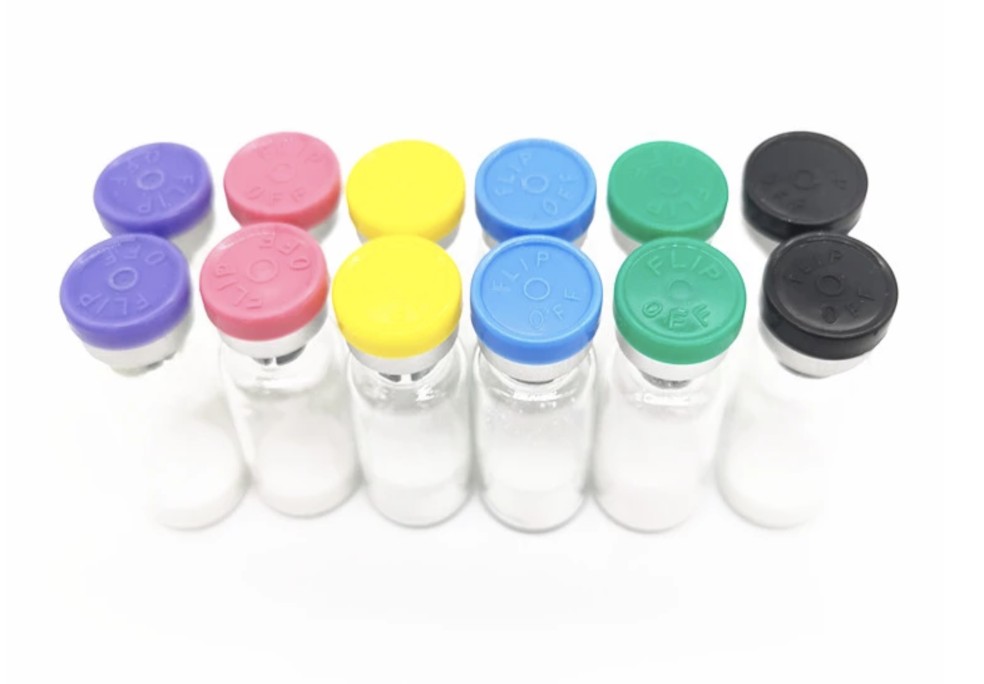Nome do Produto : Acetato de Ornipressina
Sinônimos:8-Ornitina-vasopressina
CAS#: 3397-23-7; 914453-98-8
Fórmula molecular: C45H63N13O12S2
MW: 1042.19
Seqüência: H-Cys-Tyr-Phe-Gln-Asn-Cys-Pro-Orn-Gly-NH2 (Ligação dissulfeto)
Aparência: pó branco
Pureza (HPLC):≥98,0%
Impureza Única (HPLC): ≤2,0%
Conteúdo de acetato(HPLC): 5.0%-12.0%
Teor de Água (Karl Fischer): ≤10,0%
Conteúdo de peptídeo: ≥80,0%
Ornipressin is a synthetic derivative of vasopressin (arginine-8-vasopressin) in which ornithine is substituted for arginine at the 8 posição. The basicity of the amino-acid residue at position 8 of the vasopressin molecule determines its pressor and anti-diuretic effect. Ornithine, being both less basic and a short-chain amino-acid, reduces the binding of ornipressin to the receptors in the distal tubule of the nephron without impairing its binding to the receptors in the vascular smooth muscle which mediate vasoconstriction. Por isso, ornipressin has minimal antidiuretic activity whilst maintaining equipotent vasoconstrictor activity as the natural hormone, vasopressin.
Ornipressin, which has a high affinity for V1UMA receptors , activates Gs proteins, which stimulate phospholipase C and result in a breakdown of membrane lipids to inositol triphosphate (IP3) and diacylglycerol (DAG); IP3 releases calcium from the endoplasmic reticulum, thus increasing cytosolic calcium, while DAG activates protein kinase C which phosphorylates cellular proteins. This cascade of biochemical reactions leads to sustained vasoconstriction. No entanto, at high concentrations (>0.1 IU mL−1), ornipressin binds to the V2 receptors when the V1UMA receptors are fully saturated. Activation of V2 receptors results in an increase in cyclic AMP which leads to vasodilatation, a paradoxical effect demonstrated by Fruhstorfer and Heisler.






















